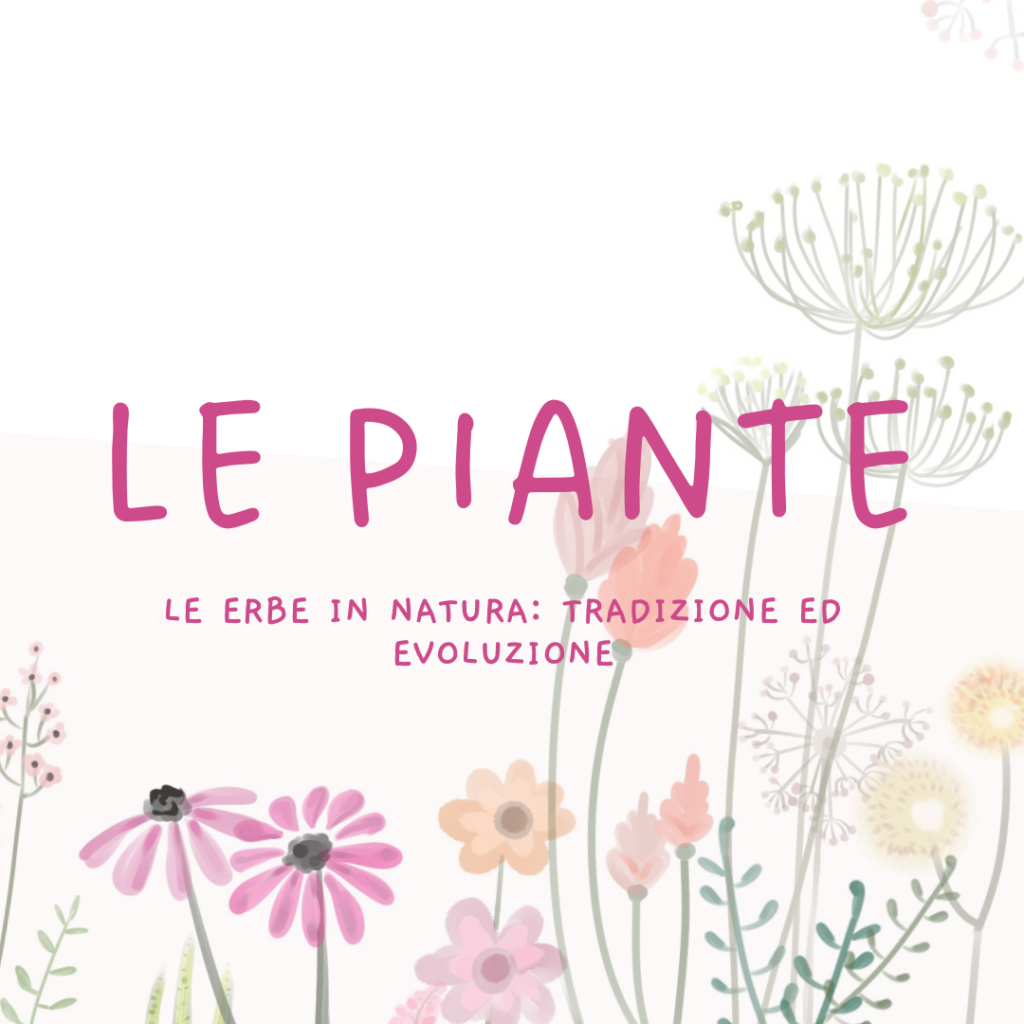
Herbs in nature: tradition and evolution
This Friday smells like history! Stories between past and present, between tradition and evolution. Since ancient times, all over the world, man has collected or eradicated plants from their natural environment. The medicinal herbs, in particular, have always been collected in the natural environment and the knowledge of their places of growth, as well as the right period for collection, has been handed down orally over the centuries among the healers of different cultures. Examples of this include rainforest populations who maintain oral traditions, which would inevitably be lost if these cultures disappeared.
At the beginning of the 20th century, however, the idea spread that science could be able to defeat all diseases. In reality, however, the majority of the world's population was too poor to benefit from this medical progress, as well as lacking basic infrastructure, such as access to electricity and drinking water. And this is how almost 80% of the world's population still relies on traditional medicine, based on the use of plants, to treat themselves. Even in developed countries this trust is widespread, just think of the plant extracts, present in Western medicine.
In recent decades, however, we have been able to observe a positive change in trust in herbal medicine by Western populations. This change began to take shape in the Seventies, also thanks to the advent of the "hippie" movement, which promoted a return to a life closer to nature. In addition to this, other movements aimed at nature conservation also paved the way for the world of herbs in Western medicine.
Herbs over the centuries: cultivation and civilization stories
The history of herb cultivation is intertwined with the history of the peoples and civilizations of the past, who had direct experience of their existence and uses in recent centuries. Wild plants, collected in nature as a source of nourishment, medicine or fibre, were sooner or later cultivated, thus undergoing a process of domestication.
Some of the first herb gardens were established about 4000 years ago in Egypt, with the aim of using herbs and flowers as sacred elements in cult rituals. If we then think about today's concept of a herbaceous garden, i.e. an open area with different plots for different species, it already developed in the ancient Egyptian, Christian and Islamic religious traditions, and was closely linked to the presence of buildings. In Islam, for example, paradise was seen as a garden bordered by hedges common myrtle myrtus communis (Myrtus communis), beautiful flowers and fruits, such as rose (Rosa spp.) o l’apricot (Prunus armeniaca). In Roman times. instead, the most appreciated plants were the rosemary (Rosmarinus officinalis) and thelaurel (Laurus nobilis). At the monasteries, cultivation then became a very specific rule for the monks. So much so that when St. Benedict founded the Benedictine order, in the monastic regime the care of the garden was second only to prayer. In the largely self-sufficient monasteries, therapeutic herbs were cultivated, aromas were used to flavor dishes, as well as a large-scale preparation of spirits, liqueurs and cosmetic waters, where for example the melissa (Melissa officinalis).
Towards the 13th century, the garden began to progressively increase in popularity and most of the large residences grew a rich assortment of herbs for domestic use, while the small properties were surrounded by vegetables, herbs and flowers. Subsequently, with the advent of the sixteenth century, universities also began to set up herb gardens in order to teach future doctors to recognize plants for therapeutic use. The first of this "garden of the simple", from the Latin simple, "Simple remedies", ie herbs, was created at the University of Pisa in 1545. During the colonial period then, the new species introduced by explorers in the motherland also found a home in these gardens, initiating a transformation that led to creation of today's botanical gardens.
Doubts and want some more clarification? Write to us!












